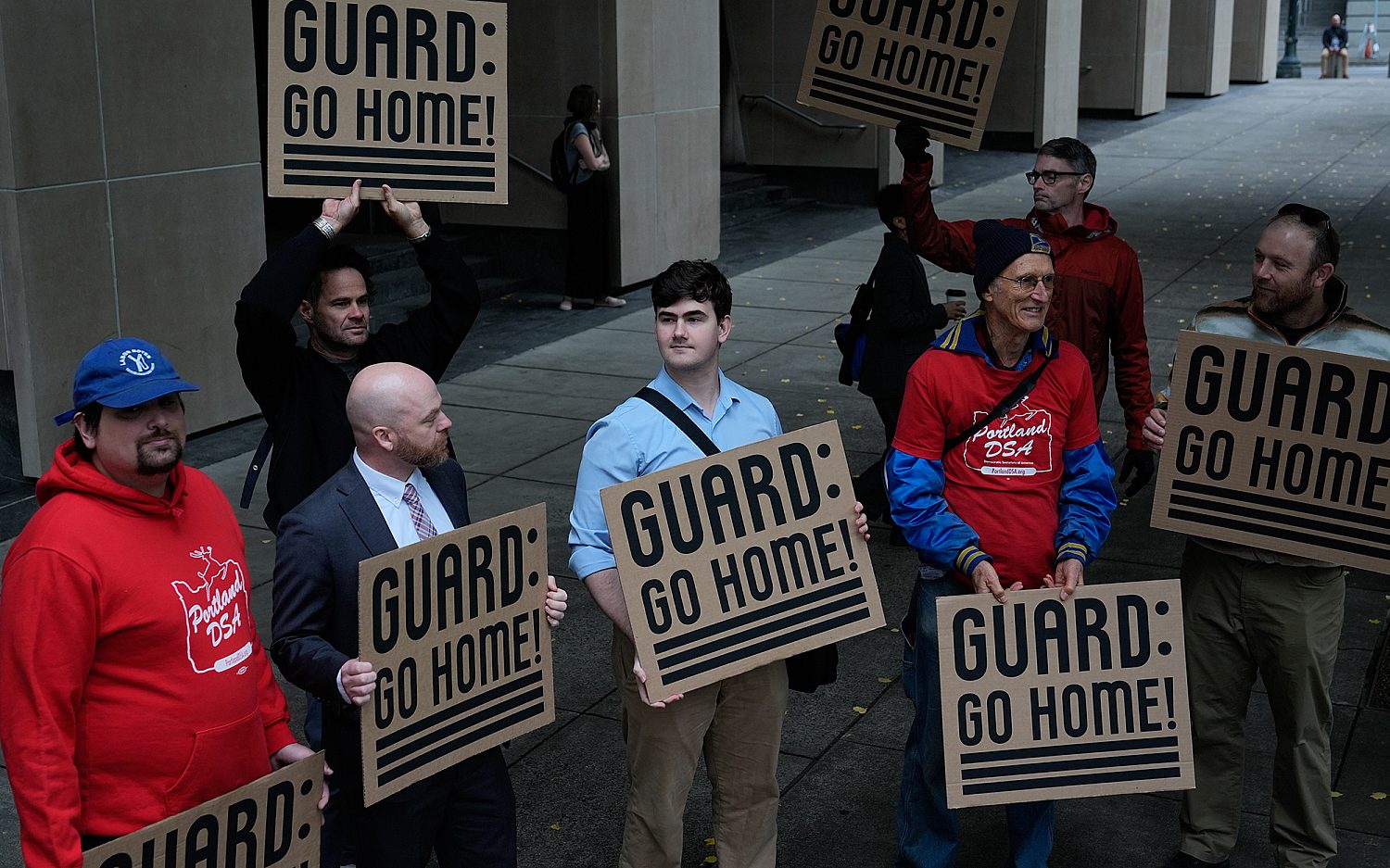Dollars and Sense: Dropping gas prices pump up the economy
Markets love divided government. Before we get into the purely economic news, it’s worth pausing to talk about the impact last week’s elections are likely to have on the markets and the economy. Historically, the markets like a divided government, with one party in control of the White House and another in control of the Congress. The last time that happened was in the Bill Clinton era. In fact, six of the eight years he was in the White House, Republicans controlled congress, and the markets boomed then. Ronald Reagan never had a Republican congress.
Oil and gas prices. But, of course, the elections were not the only events moving markets this week. Last week I mentioned that oil price had dipped below $80 a barrel, and lots of economists think that is having an immediate and stimulating impact on the economy. Gas prices are now below $3 a gallon nationwide. Since almost everyone uses gas and because we pay for it out of after-tax dollars, lower gas prices have the effect of giving the entire country a raise. For low-income families in particular, the effect is significant and immediate. Of course, neither all the causes nor all the effects of lower oil prices are positive. One reason for the falling prices is weakening global demand, as economies in China and elsewhere slow down. Energy stocks are taking a hit, too. For example, ExxonMobil and Chevron each dropped more than 1 percent on Tuesday.
Europe still a concern. The big news on Thursday was overseas. European benchmarks took huge leaps as details of the European Central Bank’s stimulus programs emerged. Some of the indexes rose as much as 3 percent, though they settled back to just slight gains by the end of the day. ECB President Mario Draghi said the ECB would start buying asset-backed securities, and he said the program would last at least two years.
Employment continues to improve. The employment picture—at least here in the United States—keeps getting better. The government announced on Friday that the unemployment rate had fallen to 5.8 percent. That’s the best rate in eight years. The number of new jobs created was below expectations, and the labor participation rate remains stubbornly low. New job creation was at about 214,000, below expectations, and the labor participation rate, which measures the percentage of able-bodied adults who can work against the number actually working, is less than 63 percent. Lots of people think these numbers are signs of underlying sickness in the economy.
An alternative view. My take is a bit different. I do agree with those economists who say many of this administration’s policies slowed the recovery, but I also think we need to take into account the massive demographic shift taking place in this country. A lot of the unemployment among college-educated millennials is semi-voluntary. At the other end of the age spectrum: Lots of people in the 55 to 75 age group move in and out of the work force as they ease toward retirement. If you’re an affluent 55-year-old empty nester with your house paid for and a spouse that works, when you lose your job for some reason, you might not work for a while. That profile certainly doesn’t fit everyone, but we now have millions who move in and out of the workforce voluntarily. So I would say we do have some problems in the economy, but the bigger problem is the way we measure the jobs market. Many of the old measures—such as labor participation rate—no longer mean what they once did.
The week ahead. Third-quarter earnings season is winding down, and because there’s been so much else in the news, we’ve barely taken note of it, although both the Dow and the S&P 500 set yet another record high last week. The Dow has had more than 20 record-high closes this year, and the S&P has had nearly 40. Earnings have been very good so far. If we don’t get any late surprises, we likely will end up with corporate earnings that support the current prices, despite some nay-sayers who think the markets are inflated. I’ll also be paying attention to retail numbers for the next month. Christmas shopping comes earlier and earlier, and early indications could tell the tale for retail this year. As we’ve said before, retail still counts for about 70 percent of the country’s economic activity.
An actual newsletter worth subscribing to instead of just a collection of links. —Adam
Sign up to receive The Sift email newsletter each weekday morning for the latest headlines from WORLD’s breaking news team.





Please wait while we load the latest comments...
Comments
Please register, subscribe, or log in to comment on this article.